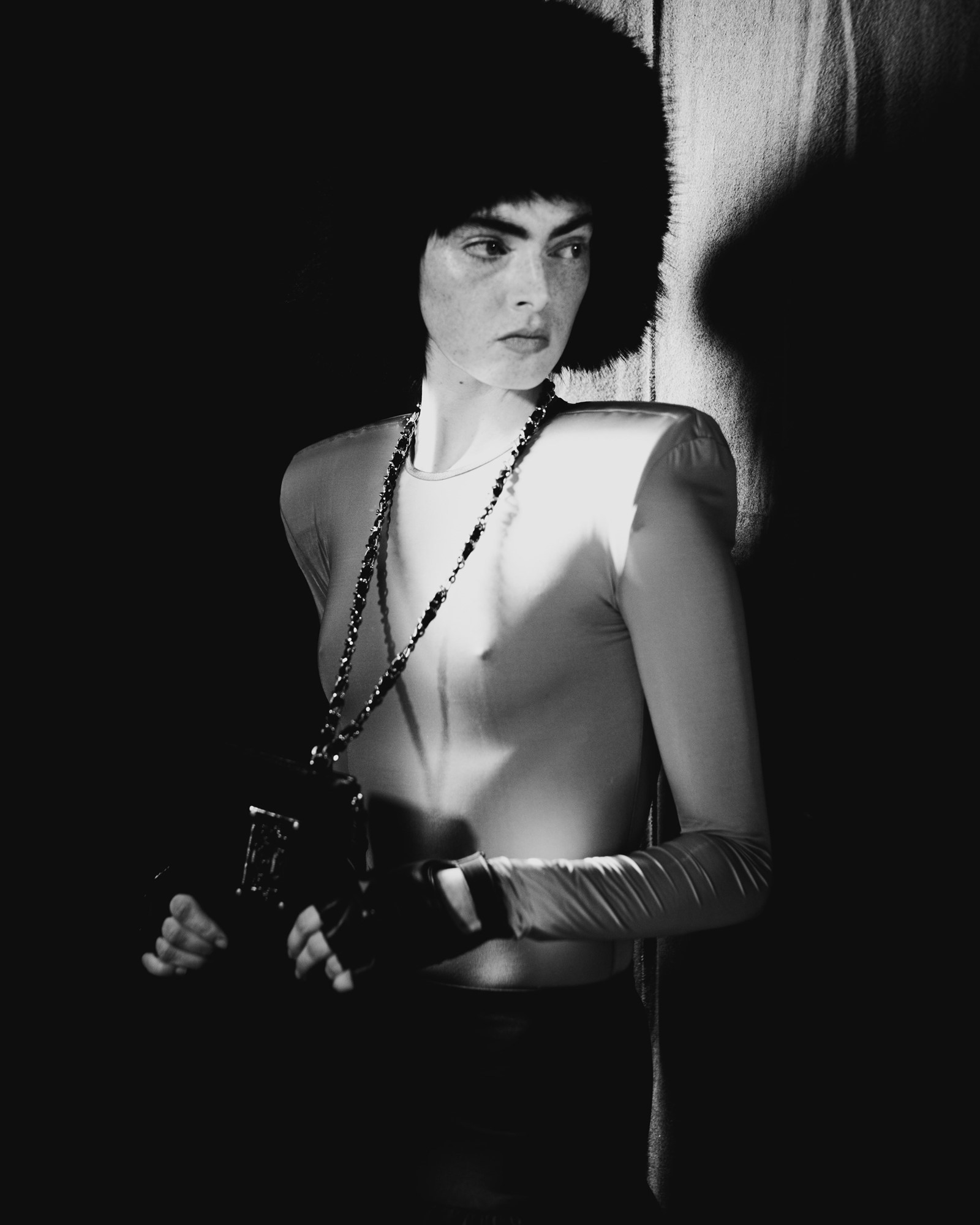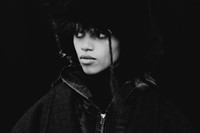Bryn Taubensee and Patric DiCaprio took their bows at their Autumn/Winter 2025 show wearing T-shirts bearing the phrase ‘VAQUERA ATELIER’, because their fashion house is moving to Paris come June. I almost wrote ‘fledgling’ fashion house before, but Vaquera is now a decade into the game and supported by Comme des Garçons’ Dover Street Market in manufacturing. In January, they also had to write a letter “to editors, stylists and press partners”. “We have seen so much growth over the past year and as a result are receiving an overwhelming amount of sample requests,” it said. “Please understand that if our team is unable to accommodate a request it is truly because we have nothing available. Oftentimes the majority of the collection is being used by our factories as sewing reference garments. We wish we were able to pull from our factories but cannot risk late deliveries to our stores.” How mature – and, in a sense, what a nice quandary for a young designer brand to be in: we’re so successful, we can’t keep up.
This Vaquera collection, accordingly, was a step up – a new press team was recruited, and Michel Gaubert provided the soundtrack. “We were thinking about, what is Vaquera couture? What’s our atelier like? What’s our house?” said DiCaprio backstage. Hence, there were gestures towards the establishment, to stereotypes of French dressing – a string of faux pearls, an animalier-patterned fur coat, a few puffballed taffeta dresses, one in pale pink with a big fat rosette on the shoulder like a hangover from an Emanuel Ungaro couture show circa 1988. But they were twisted, magnified and distorted, like a child looking at adult’s clothes – which is a sense you often get with Vaquera, a dressing-box feel, and them perhaps acting younger and more naïve than they really are. Labels on sleeves were roughly the size of greetings cards, belt buckles were blown up big enough to span most of the torso, and those pearls were gold-ball sized, the string smacking the models’ shins as they walked.
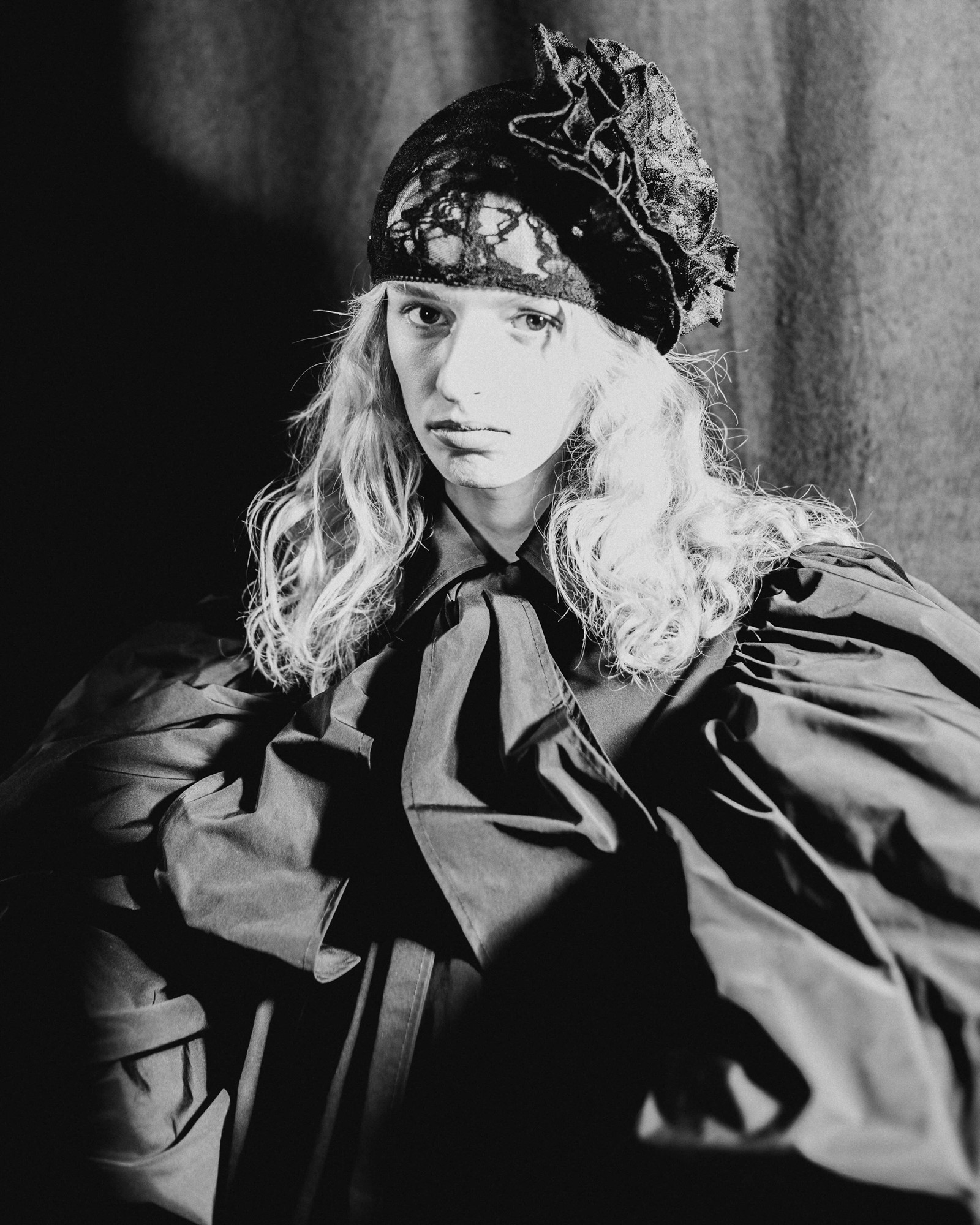
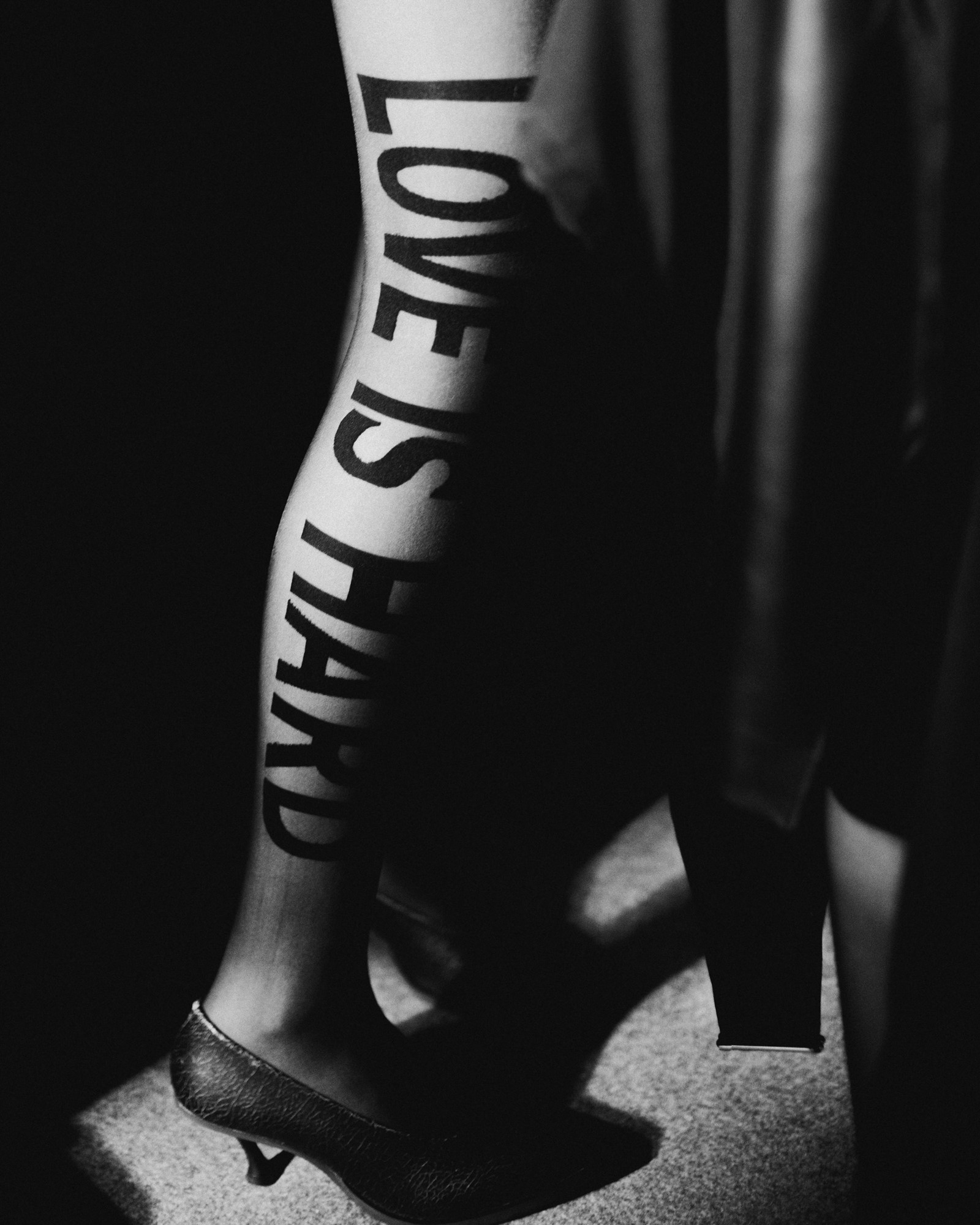
There was, of course, still lots of Americana – Gaubert’s soundtrack was acapella versions of different songs – most memorably by American singers, Whitney Houston’s Run to You, Lady Gaga’s Gypsy. And those slogan T-shirts had quarterback shoulder pads sewn inside. They reminded me, quite specifically, of a 2007 photograph by the photographer Catherine Opie, of a college football player called Dusty. That image is all-American, an inescapable archetype. “My work is all about representation of community and landscape,” Opie said, of this series. “The football field is the American landscape.” So, maybe, there was something else all-American in these images – think of pearls, and you (maybe) end up at Marge Simpson as much as you do Gabrielle Chanel. “We’re always thinking about being from America, what American tropes are,” said Taubensee. “What the American dream is for us.”
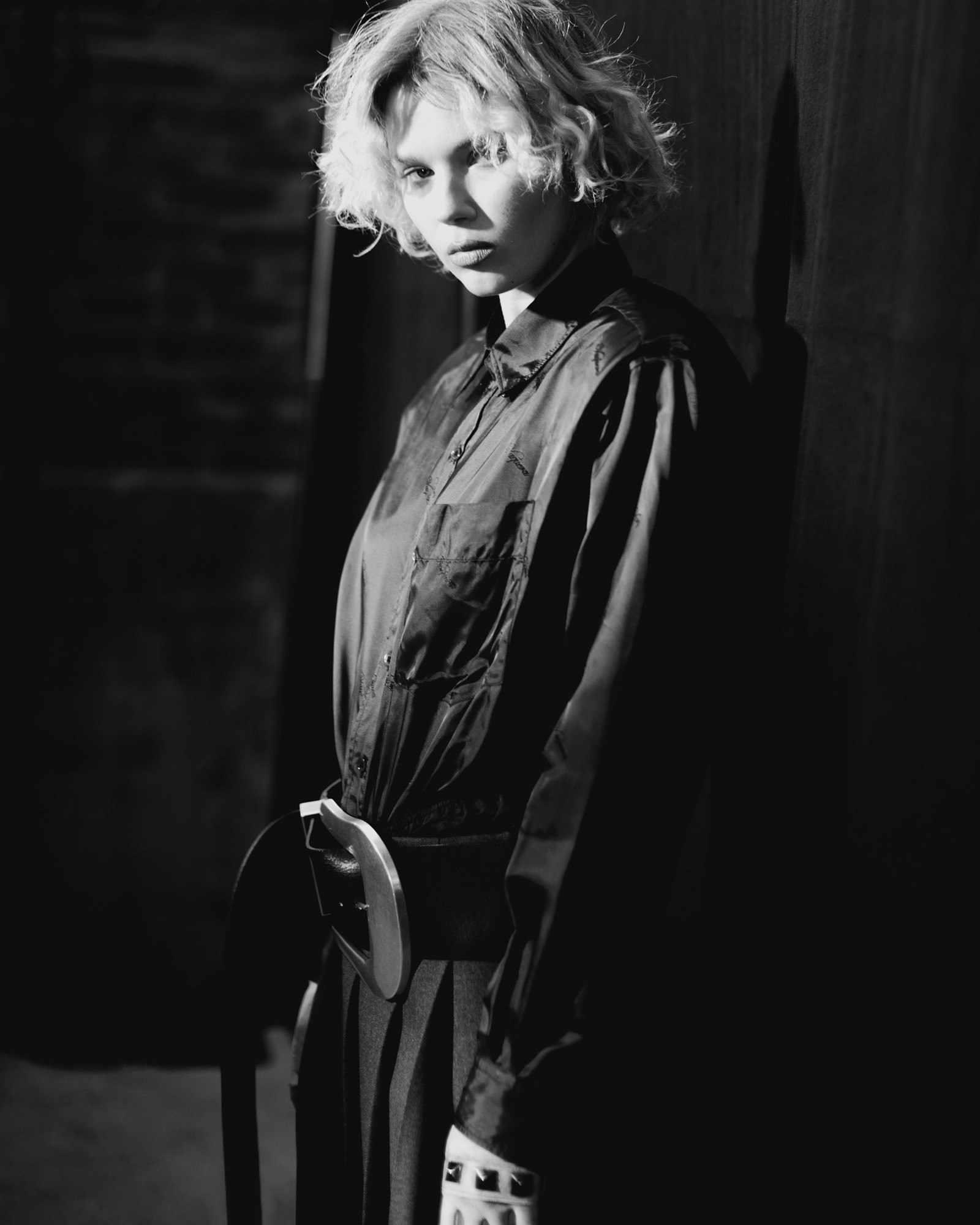
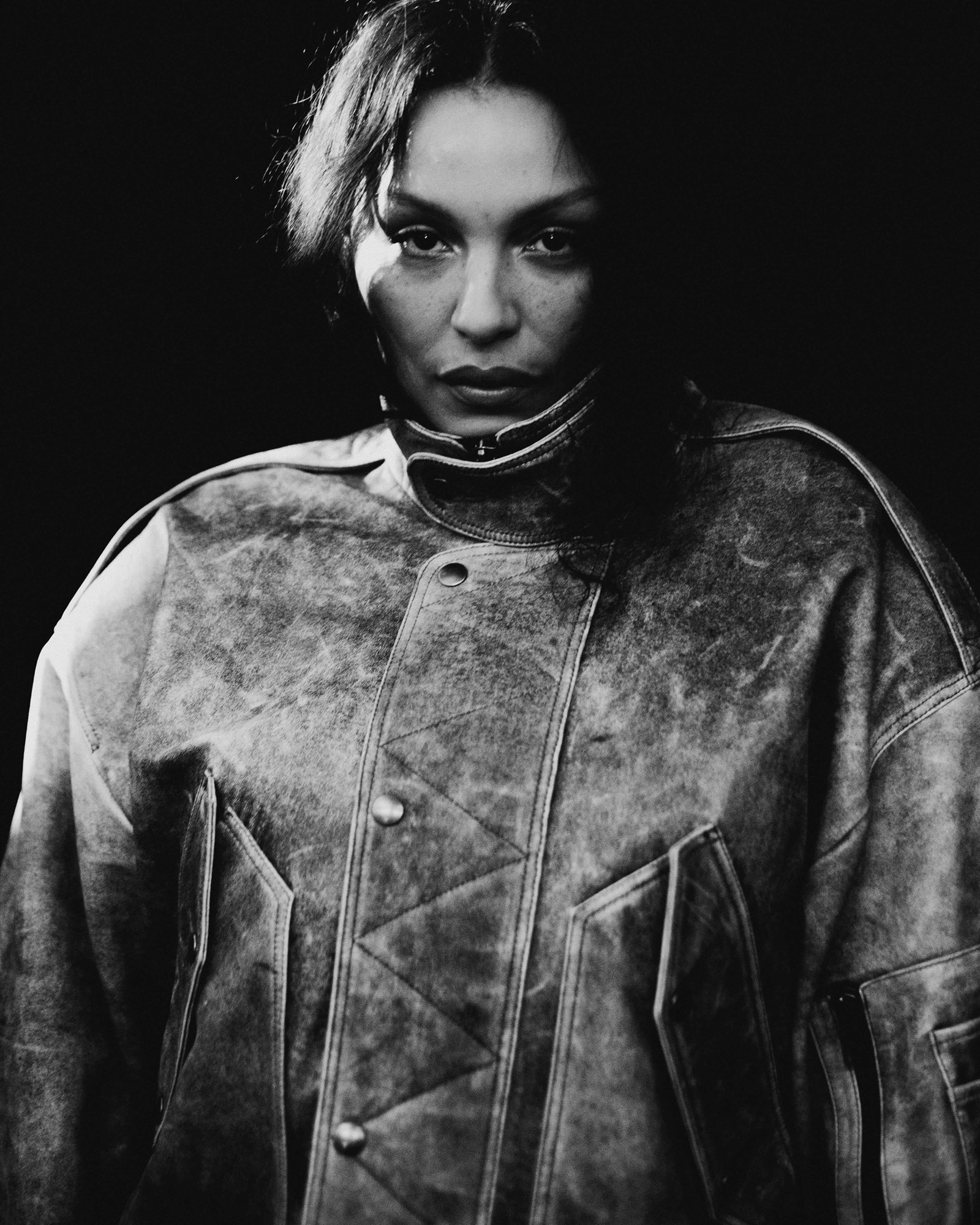
Of course, the American dream right now is kind of a nightmare for many, especially the young and queer – in both senses of the word – that Vaquera and their fans represent. No wonder they’re leaving New York. And in this show, I couldn’t help but connect their messaging with what’s going on in America right now, around the policing of women’s bodies, a criminalisation of femininity. Those supersized pearls changed from the delicate to something resembling a weapon, and the fur coats muffled the face in protection. Plus, is there any garment more gendered than a bra? Taubensee and DiCaprio blew them up and draped them around the body, folded them down as skirts and, in one instance, were worn across the entire bare torso. It was either a woman reduced to her ‘assets’ – like that scene in The Substance where a misogynistic casting team joke that they wish a woman had breasts on her face, instead of “that nose” – or wearing her femininity as a banner, a badge of battle. I’d hope they were going for the latter.
